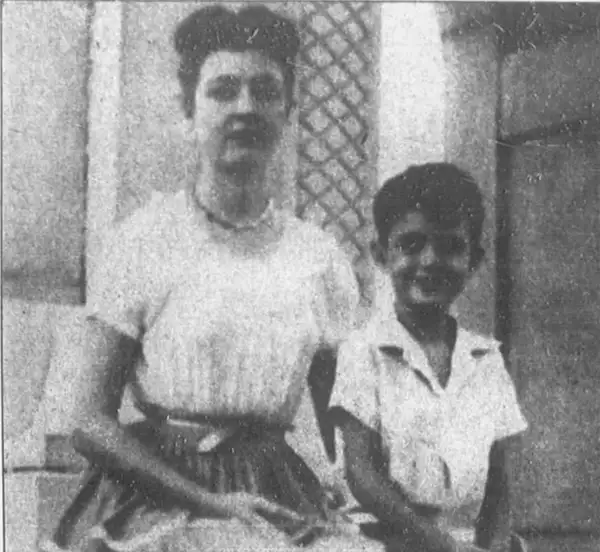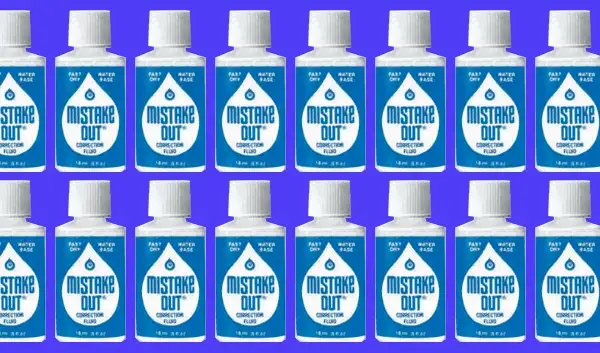Today's blog post was originally published last year:
And yesterday I wrote about #WorldCocktailDay, which is today. But why do I write about these kinds of things? And why do I celebrate them?
Partly, I write about these things because I need something to write about, but mostly to get some engagement from my social media friends.
Yesterday, I shared the blog post with an excerpt that said “What's your favorite cocktail? Is it one of the five presented here? Or is it something different?”. I got a couple of suggestions and I'll probably get more today.
Also yesterday, I shared a photo of some nutty fudge that I got from SendOutCards:
As you can see, I had 2 calls to action on this post...the first was inviting them to see the comments if they wanted some fudge, since there will be a drawing for some free fudge this afternoon, and the second was to click on the link for this blog (which I include on all of my posts for interesting days to celebrate).
I ended up with 6 people signed up for a drawing that will have 3 winners. I'm sure that all six of them will be watching the Facebook Live, along with others I'm sure.
Again, this is all for engagement.
My biggest engagement came with a pumpkin spice caramels giveaway. It was originally going to be a one time drawing but it ended up lasting 9 weeks I think. This particular drawing required action on the part of the entrants. They got a ticket into the drawing for watching a SOC video, sharing the video with others and several other activities. More engagement.
Engagement is the primary purpose of the Interesting days segment. You can use these days to send cards or gifts to clients or prospects. Or you can use them for drawings. Or just for engagement.
Although, I highly recommend checking out the blog every day, since I often cover things that will be of use to business people (such as this post). But if you can't read it every day, then check out Friday and Saturday's posts. Friday's post is a summary of the articles published that week, while Saturday's is a compilation of the interesting days from the current week, the upcoming week, and the same week in the following month. If that's too much, there's a monthly recap published on the first Sunday of every month for the preceding month.
So, check out the most recent editions (at the time of this writing) of the
week in review,
your weekend guide to interesting days and the
month in review. You can always find the most recent posts
here.
One of my highest engagement posts was this one:
Tell me something about yourself that sounds totally made up but is actually true!?
Posted by Rick Tompkins on Saturday, April 17, 2021
(Click on the date above to see the original post)
Here are some ideas for engagement posts or you can just type engagement post in Google.
A key to getting more engagement is to ask a question on each comment...that way you get 2 more comments (your question and their response).
There won't be a drawing this year because there isn't any fudge in the SendOutCards gift store!
Interesting days
Tomorrow - Shades Day and Chicken Dance Day
Next Thursday - Pick Strawberries Day, World Bee Day, Clinical Trials Day, Global Accessibility Awareness Day, Quiche Lorraine Day, Notebook Day, Weights & Measures Day and Be a Millionaire Day
Week long celebrations:
May 16 - May 29: Heritage Breeds Week
June 13 - World Gin Day, Sewing Machine Day, World Softball Day and International Axe Throwing Day
Week long celebrations:
Jun 10 - Jun 17: Love your Burial Ground Week









